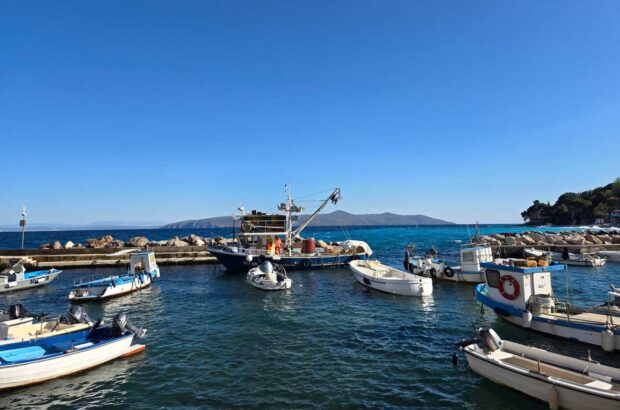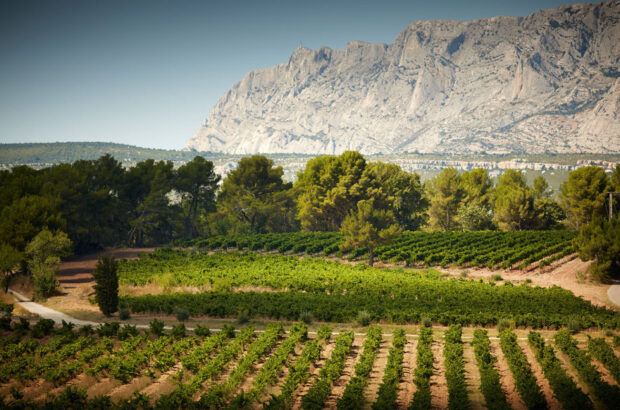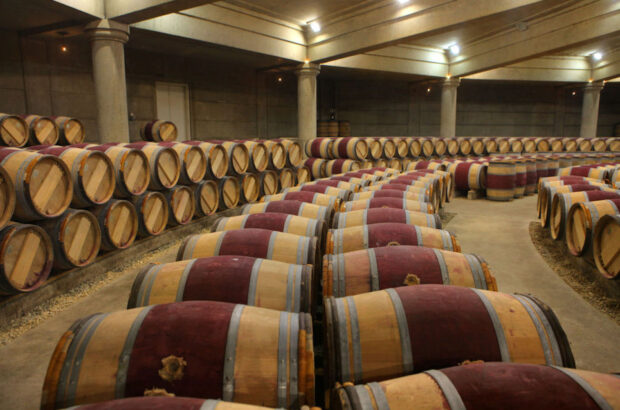In partnership with Wines of Argentina
And the regions to take note of...In partnership with Wines of Argentina
How Malbec shows Argentina’s diverse terroirs
What comes after Malbec?
It’s a question I get asked a lot, especially in Argentina, where producers are wary of relying too much on one grape, the way New Zealand could be said to do with Sauvignon Blanc. My answer is always the same: more Malbecs illustrating the diversity of the country’s terroirs.
Malbec is Argentina’s signature variety all right, but it’s not as ubiquitous as some people imagine, with just over 40,000 of the 206,000 hectares under vine. Planted in all of the country’s wine regions, from Jujuy in the north to Chubut in the south, Malbec is remarkably protean, mind you. Argentinean clones are very different from those grown in southwest France, suggesting that the grape has adapted to its new home from home in South America.
Or rather homes. Malbec produces a range of styles in Argentina, which have more to do with climate, altitude, longitude and soil types than they do with winemaking, although that’s certainly a factor too. Just taste a line up of top Malbecs from Agrelo, Cafayate, Chacayes, Gualtallary, La Consulta, Paraje Altamira, Río Negro, San Pablo and Vista Flores to see what I mean.
Only ten years ago, the focus was on altitude rather than soil type when it came to planting new vineyards – the general assumption was that, within reason, the higher the better – but now it’s the latter.
This sometimes coincides with elevation in places like Gualtallary at the northern end of the Uco Valley, or, more spectacularly, in Salta, home to Altura Máxima, the world’s most oxygen-starved vineyard at 3,111 metres, yet these days Argentineans are increasingly focused on what’s going on below the surface of their vineyards. Everywhere you go, people are busy digging soil pits (“calicatas”) to understand their terroirs.

Malbec is a work in progress. You can find some old vines in La Consulta, at the southern end of the Uco Valley, planted by Italian immigrants at the turn of the last century, as well as in the so-called Primera Zona (the “first zone” pretty much overlaps with Luján de Cuyo, closer to the city of Mendoza). But because of the vine pull scheme funded by government subsidies in the 1980s, the majority of Argentina’s Malbec plantings are comparatively young.
Most of these are in the Uco Valley, which (partly because of altitude and high levels of UV light) produces the most floral and deeply coloured of the country’s Malbecs, particularly on limestone soils. The majority of Argentina’s most distinctive Malbecs are made here, but Salta in the north, Río Negro in the south and parts of Luján de Cuyo, most notably Vistalba, are also in the running.
Four areas that will surely become better known over the next few years are Uspallata, high in the Andes at 2,000 metres on the road to Chile, Tolombón in Cafayate, El Challao in the foothills of the Cordillera, and the Pedernal Valley in San Juan, all of which have an exciting future. Viva Malbec!
This article was commissioned by Decanter and has been published in partnership with Wines of Argentina as part of a sponsored campaign on Decanter.com.
More from Wines of Argentina:

Extreme Argentina: New limits, new terroirs
What's changing...

Argentina, contrasting terroirs: Northwest vs. Patagonia
Argentina is a long country. From south to north it stretches about 3,800km, and there are vineyards in at least

Argentinian wine alternatives

Argentina’s new Geographical Indications: providing precise limits for wine.
What's changing...?

Beyond Malbec: Three wine styles only Argentina can offer the world
There's more to Argentina than Malbec....

Top Argentina winery restaurants
High-end gastronomy meets outrageously delicious wines...







